Global IT outage caused by faulty CrowdStrike update could take ‘days and weeks’ to resolve, experts warn
Responsible for one of the largest IT outages in years, CrowdStrike has had a tough day, but experts warn customers could face a "nightmare" in the coming days

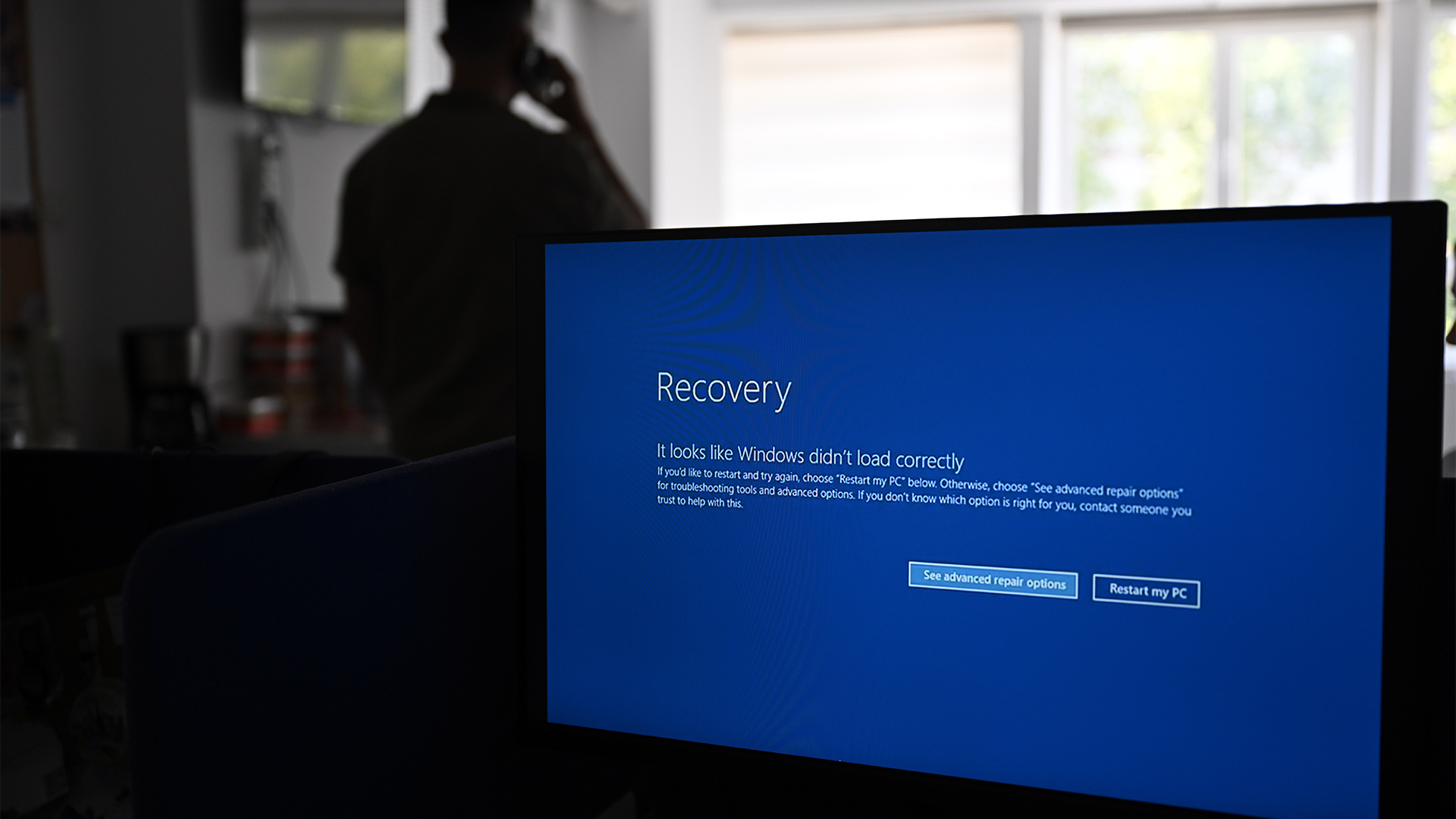
Experts are warning that the widespread IT outages caused by a faulty CrowdStrike update will require a lengthy remediation period as disruption continues to wreak havoc globally.
On the morning of 19 July, organizations in Australia and India began warning they were experiencing significant outages with their Windows machines.
This snowballed into global disruption as the rest of the world woke up to start their work day, with banks, airlines, broadcasters, and more all being confronted with the dreaded Windows blue screen of death (BSOD).
CrowdStrike has since confirmed it is the source of the issue, with CEO George Kurtz revealing via X that the incident was caused by a "defect found in a single content update for Windows hosts".
Maxine Holt, senior director of cybersecurity at research firm Omdia, outlined the scale of the issue, which some are calling the largest IT outage of all time.
“The global IT outage crisis is escalating, and organizations everywhere are in full scramble mode, desperately implementing workarounds to keep their businesses afloat,” she stated.
“CrowdStrike admits to a ‘defect found in a single content update for Windows hosts’ and is working feverishly with affected customers,” Holt added.
Sign up today and you will receive a free copy of our Future Focus 2025 report - the leading guidance on AI, cybersecurity and other IT challenges as per 700+ senior executives
Adam Leon Smith, BCS Fellow and cybersecurity expert, said the incident underscores the difficult balancing act software vendors must make between releasing updates in a timely manner, while ensuring they don’t end up breaking the systems they are intended to protect.
“People want to get security updates rolled out as quickly as possible because that helps prevent against what we call 'zero-day' attacks; that is new ways that actors are found to compromise systems,” he explained.
“There's a trade-off here between the speed of ensuring that systems get protected against new threats and the due diligence done to protect the system's resilience and stop things like this incident from happening."
Workarounds for IT outage will be a “nightmare” for customers
In a statement acknowledging the incident, CrowdStrike reassured users its team is fully mobilized to ensure security and stability of customers, providing a series of workarounds for individual hosts and public cloud systems.
Leon Smith added that although fixes have started to trickle out since the disruption began, because it is forcing so many machines into boot loops or the BSOD, it could be some time before the majority of systems are back online.
"In some cases, the fix may be applied very quickly, but because it has to be applied to so many computers around the world, that may take longer than it sounds,” he said.
“But if computers have reacted in a way that means they're getting into blue screens and endless loops it may be difficult to restore, and that could take days and weeks.”
RELATED WEBINAR
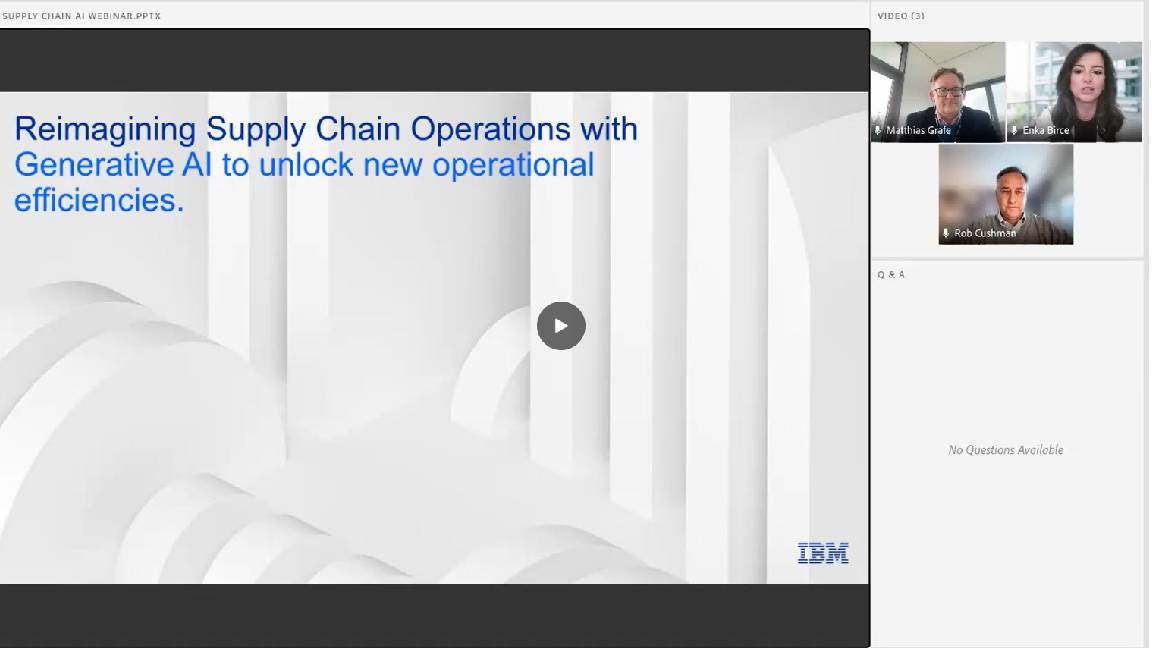
Holt echoed Leon Smith’s concerns, confessing the workaround will be difficult to implement for many customers.
“The workaround, involving booting into safe mode, is a nightmare for cloud customers. Cloud-dependent businesses are facing severe disruptions.”
But Smith did note things could have been much worse, pointing out that a similar issue affecting Linux would have caused far more significant issues by virtue of its use in more critical systems and services.
"We have to realize this could have been a lot worse. Microsoft Windows isn't the main operating system used for mission-critical systems. It's Linux.”
Steve Sands, chair of the BCS Information Security Specialist Group said businesses should focus on getting the systems back online instead of trying to understand how the outage happened.
He further emphasized that the incident should stand as a reminder of how important software resilience is.
“I sincerely hope that today’s CrowdStrike issues raise awareness and create some much-needed urgency to continue this vital conversation… My advice would be to focus on restoring your own IT systems (following the advice of the vendors) and leave the providers and the industry to work on understanding how this happened and learning the lessons.”

Solomon Klappholz is a former staff writer for ITPro and ChannelPro. He has experience writing about the technologies that facilitate industrial manufacturing, which led to him developing a particular interest in cybersecurity, IT regulation, industrial infrastructure applications, and machine learning.
-
 Microsoft Excel is still alive and kicking at 40 – and it's surging in popularity as 82% of finance professionals report ‘emotional attachment’ to the spreadsheet software
Microsoft Excel is still alive and kicking at 40 – and it's surging in popularity as 82% of finance professionals report ‘emotional attachment’ to the spreadsheet softwareNews A recent survey found Gen Z and Millennial finance professionals have a strong “emotional attachment” to Microsoft Excel
-
 Microsoft’s Windows chief wants to turn the operating system into an ‘agentic OS' – users just want reliability and better performance
Microsoft’s Windows chief wants to turn the operating system into an ‘agentic OS' – users just want reliability and better performanceNews While Microsoft touts an AI-powered future for Windows, users want the tech giant to get back to basics
-
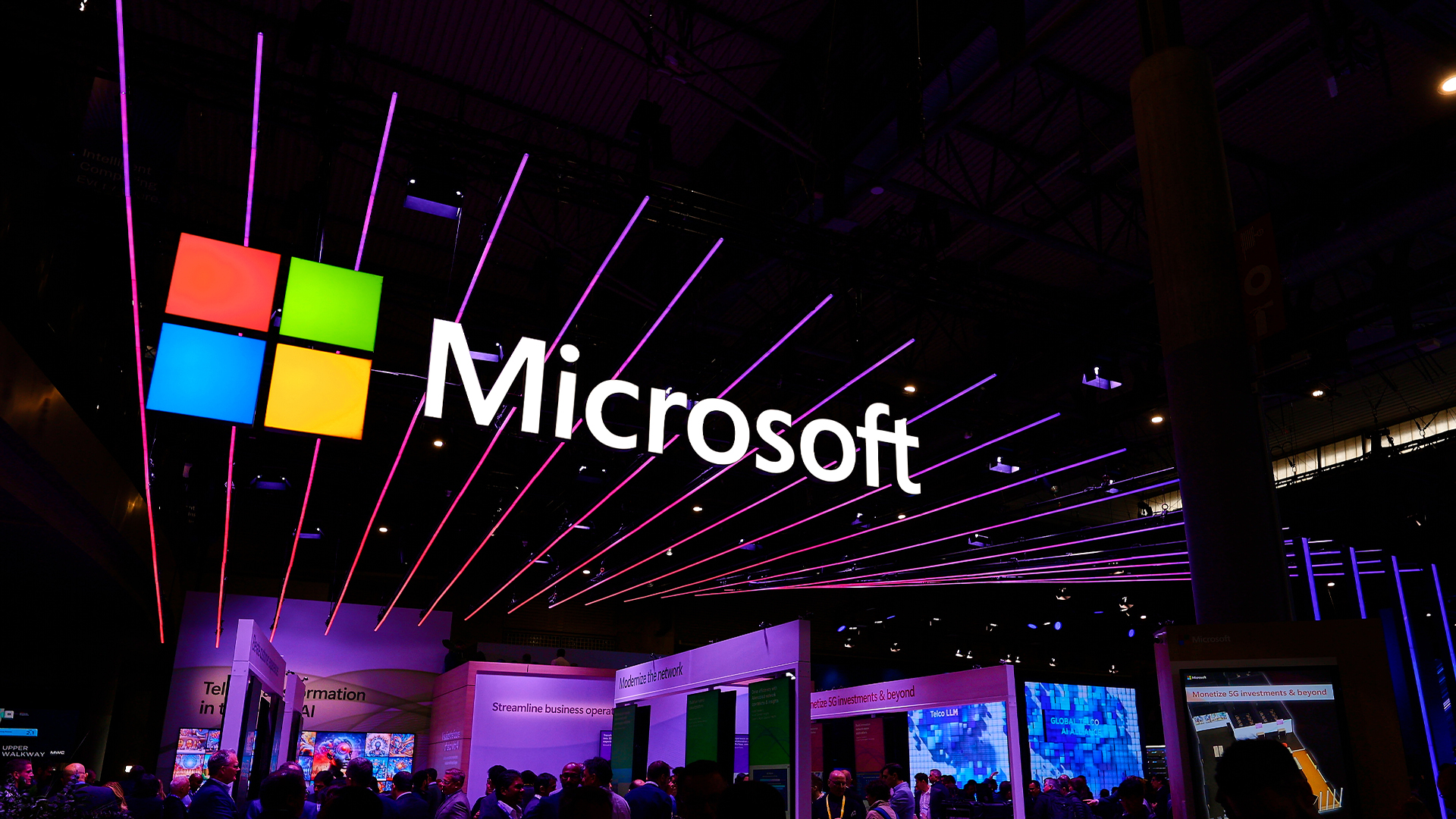 Microsoft 365 price hikes have landed the tech giant in hot water
Microsoft 365 price hikes have landed the tech giant in hot waterNews Australian regulators have filed a lawsuit against Microsoft for allegedly misleading users over Microsoft 365 pricing changes.
-
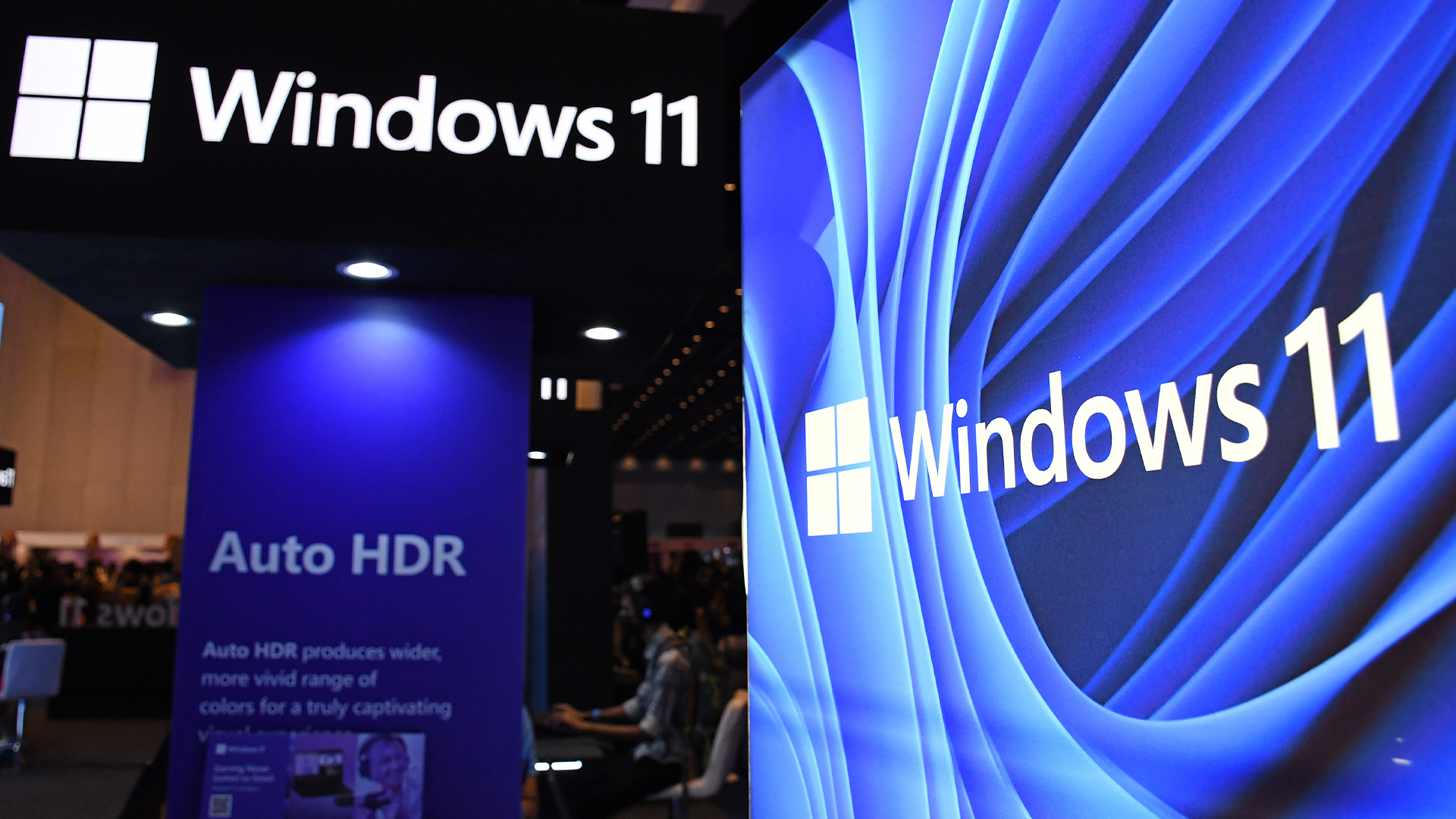 Microsoft issues fix for Windows 11 update that bricked mouse and keyboard controls in recovery environment – here's what you need to know
Microsoft issues fix for Windows 11 update that bricked mouse and keyboard controls in recovery environment – here's what you need to knowNews Yet another Windows 11 update has caused chaos for users
-
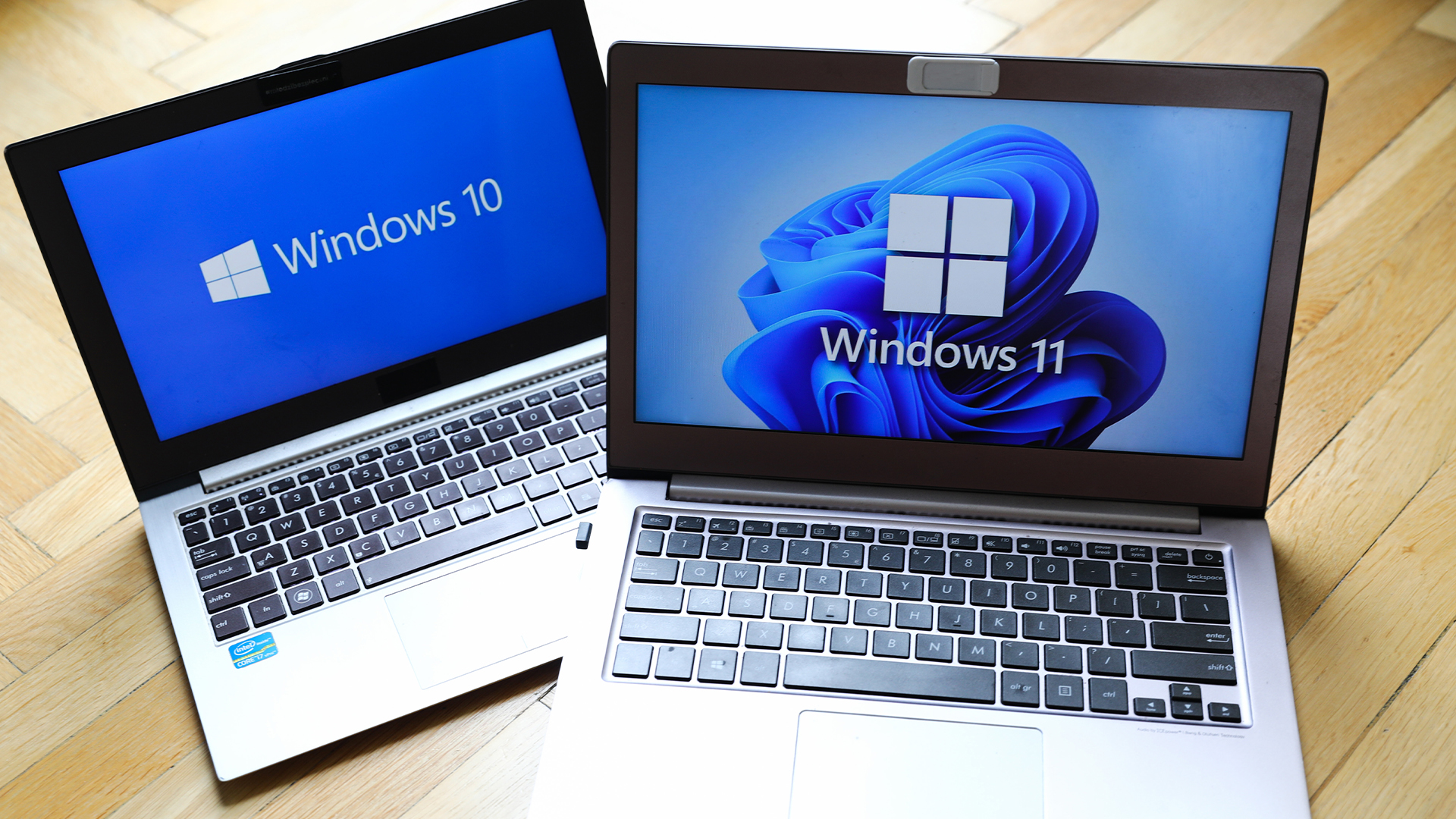 Windows 10 end of life could create a major e-waste problem
Windows 10 end of life could create a major e-waste problemNews The study marks the latest Windows 10 end of life e-waste warning
-
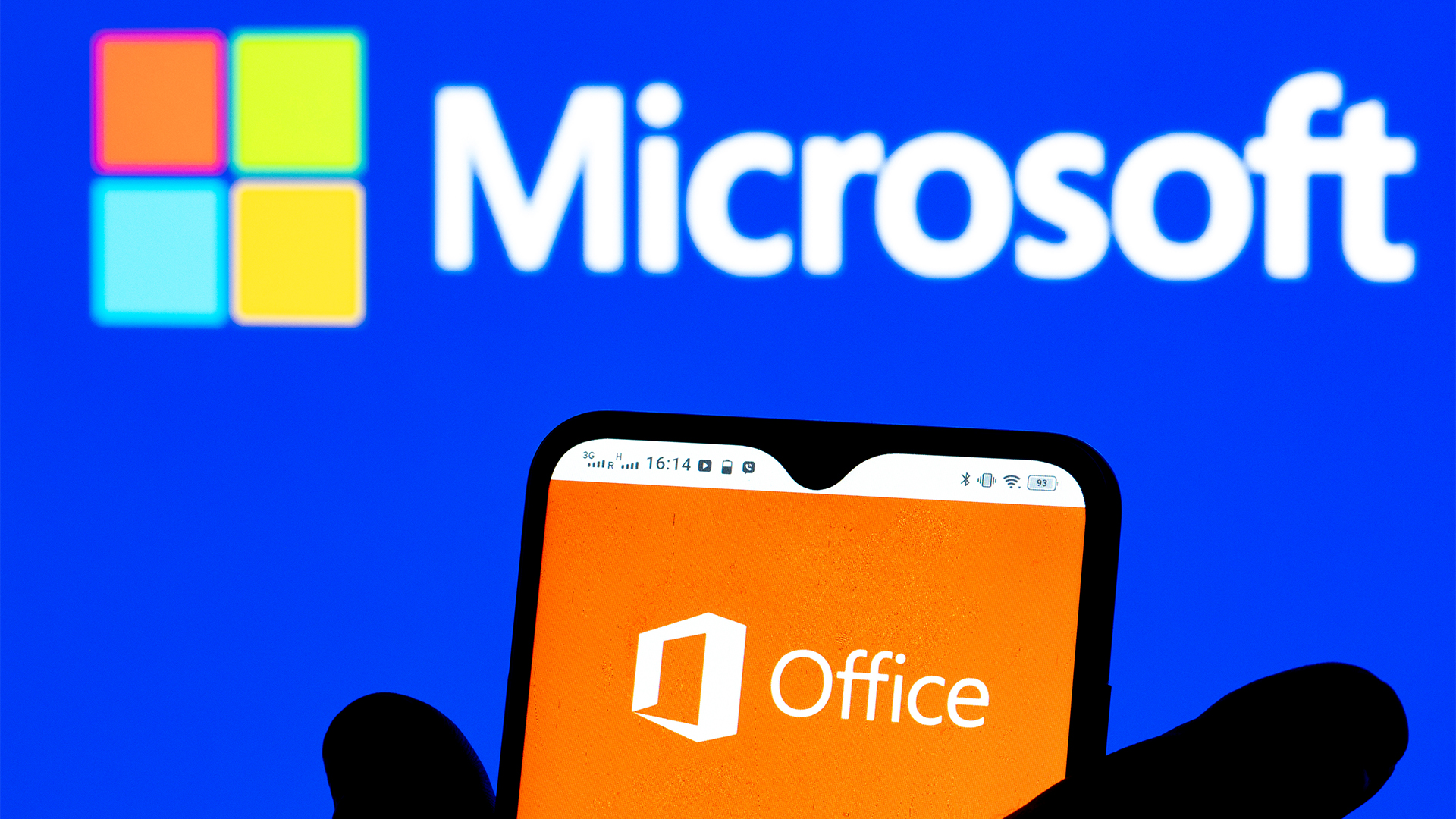 Microsoft Office 2016 and 2019 are heading for the scrapheap next month – but there could be a lifeline for those unable to upgrade
Microsoft Office 2016 and 2019 are heading for the scrapheap next month – but there could be a lifeline for those unable to upgradeNews The tech giant has urged Office 2016 and Office 2019 users to upgrade before the deadline passes
-
 UK government programmers trialed AI coding assistants from Microsoft, GitHub, and Google – here's what they found
UK government programmers trialed AI coding assistants from Microsoft, GitHub, and Google – here's what they foundNews Developers participating in a trial of AI coding tools from Google, Microsoft, and GitHub reported big time savings, with 58% saying they now couldn't work without them.
-
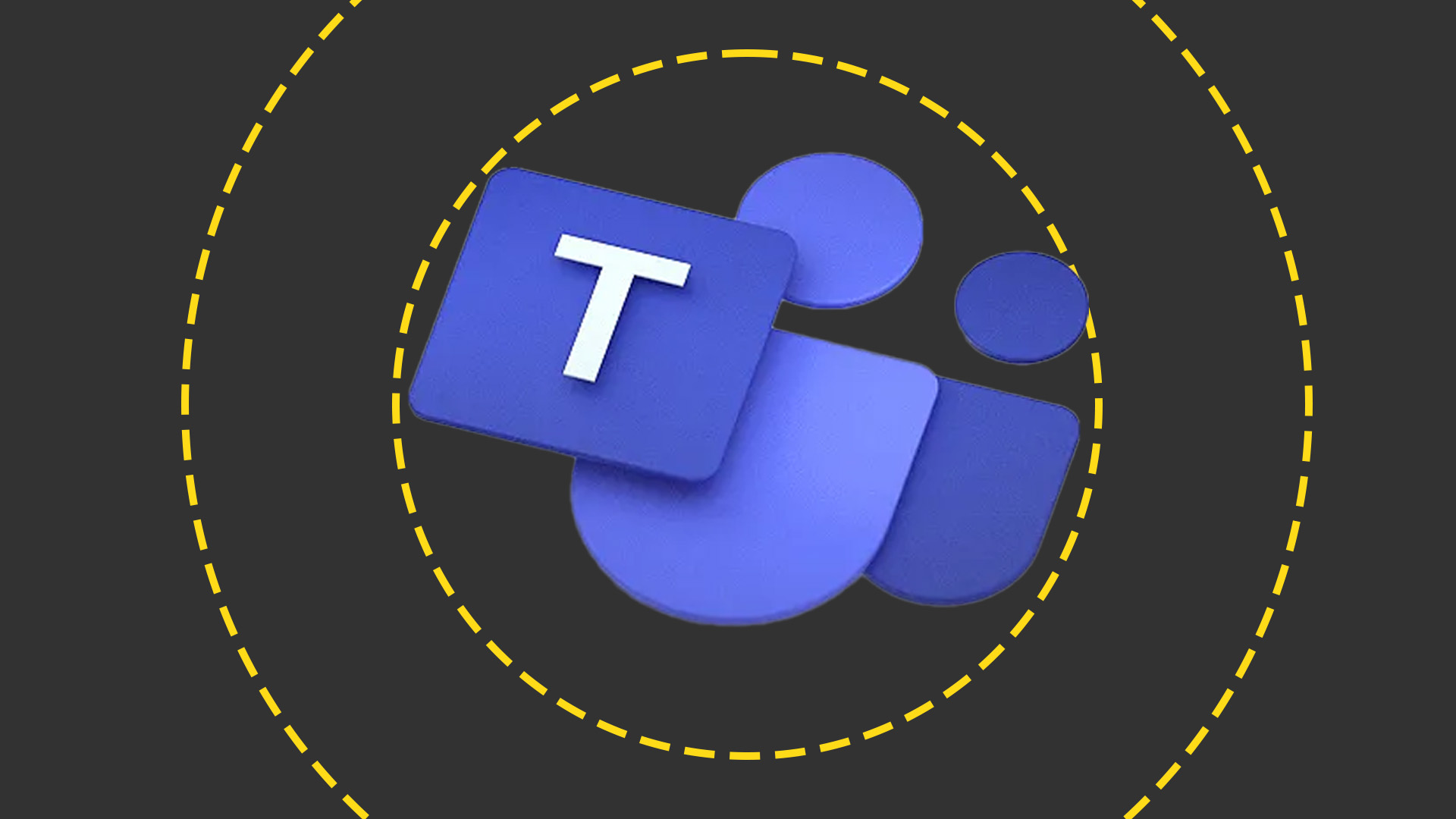 Salesforce says ‘Microsoft’s anticompetitive tying of Teams' harmed business in triumphant response to EU concessions agreement
Salesforce says ‘Microsoft’s anticompetitive tying of Teams' harmed business in triumphant response to EU concessions agreementNews Microsoft has agreed to make versions of its Office solutions suite available without Teams – and at a reduced price

